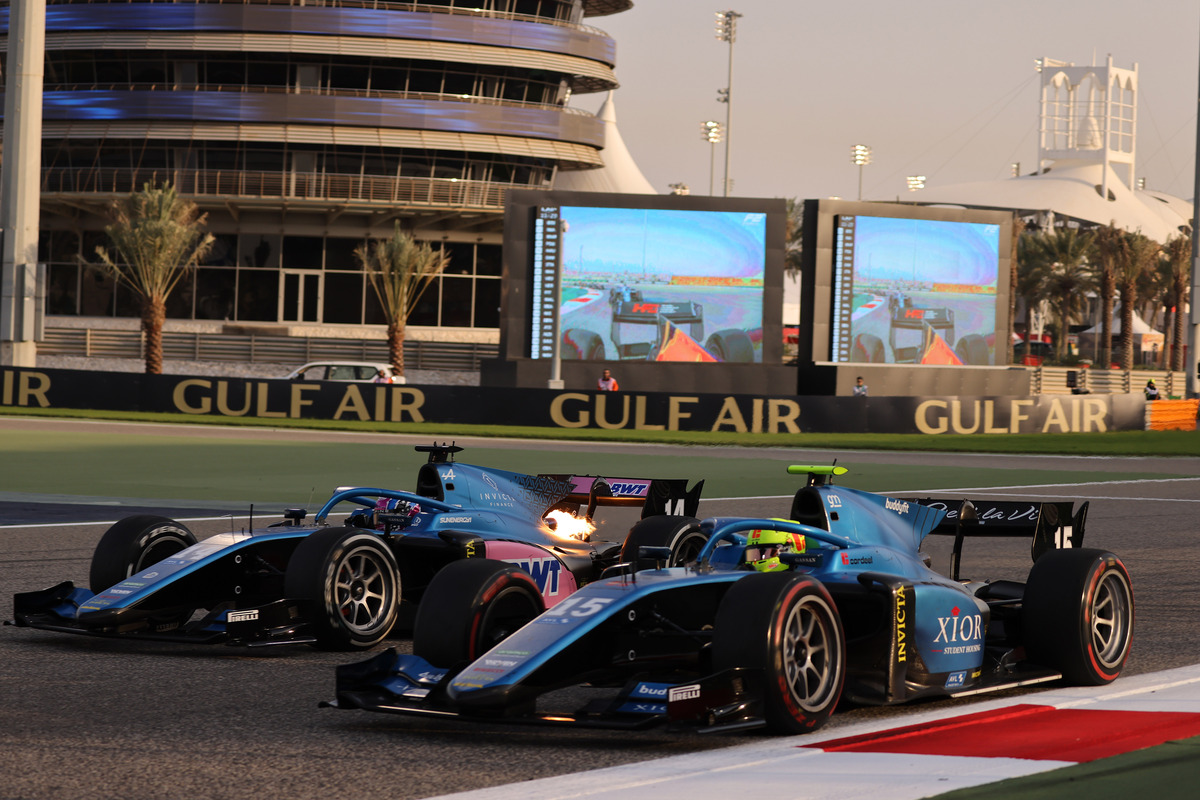

The extended life of the next-generation Formula 2 chassis has been made with a view to the bottom line of the category and teams.
Set to be introduced for 2024, the new-spec machines will have an intended life span of six years.
That’s significantly greater than the three years that has historically been the case, though the current Dallara has had an extended life courtesy of COVID.
Work on the 2024-spec chassis is well underway, with Formula 2 CEO Bruno Michel confirming it has already passed its initial crash tests.
“What you’ve probably noticed is that over the last two cycles, we extended the life of the cars,” Michel said when asked about the extended life by Speedcafe.
“The number one reason is that, after three years, we didn’t want to impose all the teams to have to buy a new car, and we could continue working with this car, which was obligated and was doing very, very proper job, let’s put it that way.
“In the negotiation that we’re having with the chassis supplier, we want to make sure that we can also achieve costs that are as low as possible.
“Having a six-year agreement, of course, helps a lot in terms of diminishing the cost – both for the contract itself and the chassis itself, but also that the teams will not have to purchase a new chassis in three years’ time.”
A six-year life expectancy for the cars creates other issues though.
While reducing the cost is paramount, its relevance to Formula 1 and maintaining comparable performance is critical.
It’s a point that has not been lost on Michel or Dallara, with suggestions changes could be made midway through the lifecycle.
“We always have the possibility to come up with an upgrade kit,” Michel conceded.
“That’s probably something we’ll do over the life of the chassis to make sure that we continue to have a car that is at the latest level of technology of performance that we want to achieve.
“But on the other end, I think having a six-year agreement is something that is better for everybody, and that’s something that the FIA understood also very, very well because we work very closely with them on the subject.
“It’s a decision we took together.”
The current F2 grid is comprised of Dallara F2 2018 chassis, first revealed in 2017 before making their racing debut in line with their name the following season.
That has remained in use ever since, without significant upgrades aside from changes to its ECU to address stalling issues at the race start.
Speaking last year, Juri Vips suggested the F2 2018 chassis is analogous to the latest generation of Formula 1 cars.
“The only thing I would say at the moment, an F1 [car] it’s just everything; it’s braking better, it’s more power, more downforce, more grip, whatever,” Vips said last August after driving Sergio Perez’s Red Bull during practice at the Spanish Grand Prix.
“But in terms of how you drive it, braking, brake release, how the car feels, it’s quite similar to an F2 car.
“The only really big difference, when I jump from an F1 car to an F2 car, what I had to get back used to again was the turbo, that really caught me out.”
It’s a point Jack Doohan, part of the Alpine Academy and reserve driver for the French brand’s F1 team, agreed with.
“The turbos especially, you can get some inconsistency and, unfortunately, that’s just how the manufacturing is,” said the Australian.
“So regardless of the actual feeling, I think as well as cancelling that out would be a good thing, and just to get a little bit more reality and closer to Formula 1.”
On the engine side, Mecachrome looks set to continue its relationship as official supplier to Formula 2, as it has done since the foundation of GP2 in 2005.






















Discussion about this post